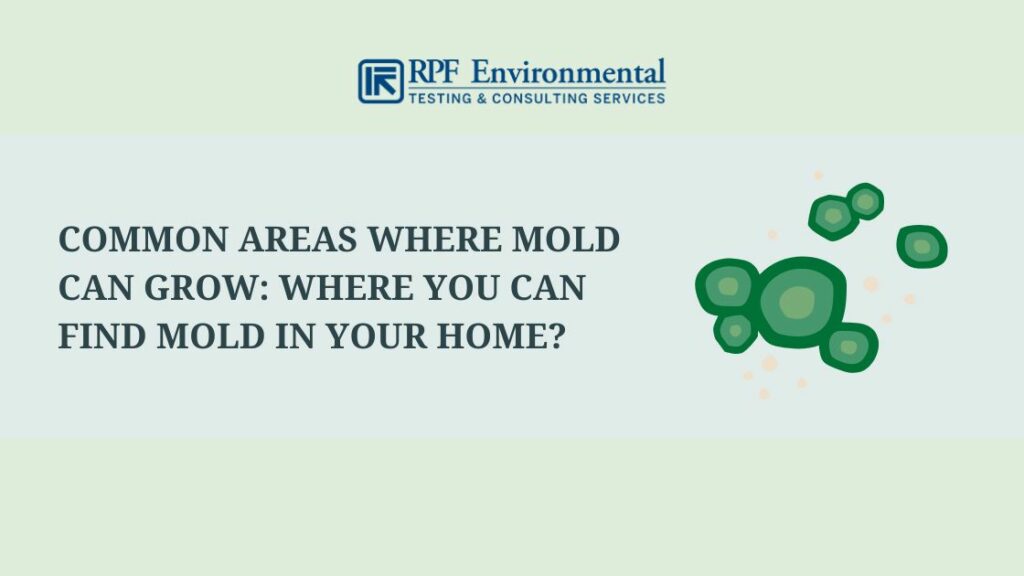The Need of Mycotoxin Testing in Agricultural Products to Guarantee Consumer Safety And Security
The need of mycotoxin screening in agricultural products is an important aspect of public health and wellness and safety that necessitates complete evaluation. Mycotoxins, poisonous compounds generated by particular fungis, can penetrate numerous plants, leading to considerable health and wellness threats for consumers, such as cancer causing effects and organ damages.
Recognizing Mycotoxins
Mycotoxins, harmful secondary metabolites generated by particular fungi, provide a substantial threat to agricultural items and human health and wellness. These substances are generated by different types of mold and mildews, such as Aspergillus, Fusarium, and Penicillium, which can infect plants both pre- and post-harvest - Mycotoxin testing Services. One of the most typical mycotoxins include aflatoxins, ochratoxin A, fumonisins, zearalenone, and deoxynivalenol (DON)
Mycotoxin contamination can happen under specific environmental problems, such as high moisture and temperature level, which prefer the growth of mold. Agricultural items like cereals, nuts, spices, dried fruits, and coffee are particularly susceptible. The presence of mycotoxins in these commodities can result in significant economic losses due to reduced plant yields and the requirement for extensive testing and decontamination procedures.
Comprehending the biochemical nature and formation of mycotoxins is necessary for creating efficient reduction approaches. Study has shown that mycotoxins show a series of chemical structures and residential properties, making discovery and elimination challenging. Advanced logical strategies, consisting of chromatography and mass spectrometry, are utilized to determine and measure mycotoxins in agricultural products, making sure that contamination degrees continue to be within secure limitations developed by regulatory bodies.
Health And Wellness Threats of Mycotoxins
Provided the substantial threats linked with mycotoxins in farming items, understanding their impact on wellness is critical. Mycotoxins, poisonous additional metabolites generated by fungis, present extreme dangers to both human and animal health.
Intense mycotoxin poisoning, although much less common, can cause serious and instant health issue such as liver damage, gastrointestinal disturbances, and hemorrhaging. Ochratoxin A, one more powerful mycotoxin, is connected to kidney damages and has potential carcinogenic impacts. Fumonisins, mainly influencing maize, are linked with esophageal cancer cells and neural tube problems.

Usual Resources of Contamination
Comprehending the typical sources of contamination is critical for efficiently managing and reducing the risks posed by mycotoxins. Mycotoxins are harmful secondary metabolites produced by particular types of fungi, which can pollute agricultural products at different phases of processing, manufacturing, and storage. The key resources of contamination consist of field conditions, post-harvest handling, and storage atmospheres.
Area problems play a substantial role, with factors like climate, crop sensitivity, and soil health and wellness influencing fungal growth. Plants such as corn, peanuts, wheat, and tree nuts are specifically prone to mycotoxin-producing fungis like Aspergillus, Fusarium, and Penicillium species. Insufficient crop turning and bad bug monitoring can intensify the danger of contamination.
Post-harvest handling is one more critical point where contamination can take place. Mechanical damage during harvesting and transport produces access factors for fungi, while inappropriate drying methods can see this here leave moisture levels high enough to sustain fungal growth.
Storage space environments add substantially to contamination risks. Badly preserved storage centers with high moisture and temperature degrees create excellent problems for mycotoxin manufacturing. Regular examinations and proper storage space conditions are essential in suppressing this threat.
Mycotoxin Checking Techniques
Effective management of mycotoxin contamination pivots not only on acknowledging possible sources but likewise on applying robust screening methods to identify these hazardous compounds. Mycotoxin testing approaches can be broadly classified right into chromatographic and immunochemical methods.
On the other hand, enzyme-linked immunosorbent assay (ELISA) and side circulation assays project immunochemical methods. ELISA, specifically, is extensively used because of its cost-effectiveness, simplicity of use, and fast turn-around time. Lateral flow assays provide quick, on-site testing abilities, making them suitable for field applications where prompt choices are necessary.
Additionally, advancements in molecular biology have presented PCR-based approaches capable of identifying mycotoxin-producing fungi at hereditary degrees, using an anticipating technique to contamination risk. Integrating these diverse approaches boosts the integrity and comprehensiveness of mycotoxin discovery, making certain that farming items meet security requirements and safeguarding customers from potential health threats.
Benefits of Normal Testing

Normal mycotoxin screening uses considerable advantages that substantially reinforce agricultural safety and security and high quality. One of the primary benefits is the security of customer wellness. Mycotoxins, toxic compounds produced by specific fungi, can infect food and pose major health and wellness threats, consisting of cancer cells and acute poisoning. Normal screening ensures that contaminated products do not reach customers, he has a good point thereby alleviating wellness dangers.
Additionally, constant screening assists in keeping the stability and track record of agricultural manufacturers. By carefully managing and keeping an eye on mycotoxin degrees, manufacturers can prevent lawful consequences and costly recalls. This not only makes certain compliance with strict international safety and security standards yet likewise cultivates consumer depend on and loyalty.

Verdict
The requirement of mycotoxin screening in farming products is emphasized by the significant wellness risks presented by these poisonous compounds. It enhances the track record of manufacturers and cultivates count on within the agricultural supply chain, ultimately protecting public wellness.
The need of mycotoxin testing in agricultural items is an important aspect of public health and security that requires detailed assessment. Mycotoxins, harmful substances generated by certain fungis, can infiltrate different crops, leading to considerable health threats for consumers, such as cancer causing results and organ damage.Mycotoxins, toxic additional metabolites generated by certain fungis, present a considerable threat to agricultural items and human health.Given the considerable risks associated with mycotoxins in agricultural items, understanding their go to this web-site effect on health and wellness is critical (Mycotoxin testing Services).The need of mycotoxin screening in agricultural products is underscored by the considerable health threats positioned by these hazardous compounds